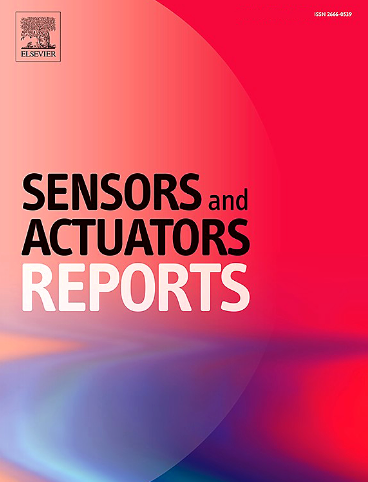Continuous flow acoustofluidics in wall-less capillary bridge channels
IF 6.5
Q1 BIOTECHNOLOGY & APPLIED MICROBIOLOGY
引用次数: 0
Abstract
In this study, the manipulation, patterning, and alignment of yeast particles were successfully demonstrated inside a continuous flow capillary bridge channel. A numerical model is presented to explore various frequencies and channel configurations, and the numerical results are compared to the experimental findings. The numerical model produced results in excellent agreement with the experimental data. Yeast particles were aligned in linear patterns while continuously flowing parallel to the air-water interfaces of the capillary bridge channel. The width of the fluid-guide significantly affected the acoustic pressure fields and thus the quality of particle patterning. Most frequencies can achieve particle alignment inside the capillary bridge channel, while the liquid flow straightens the particle line. Studies of ultrasound transfer from a solid wave-guide into the liquid in a capillary bridge channel have previously shown that some nodes which formed in the waveguide will cross the solid-fluid interface into the water of the capillary bridge. The nodes formed by this extension mechanism are not easily distinguishable from nodes formed by a resonance in the liquid since particles are attracted to them in the same way and the node-to-node separation is often similar. This paper provides further foundation for the new node extension concept and identifies some of its unique features.

求助全文
约1分钟内获得全文
求助全文
来源期刊

Sensors and Actuators Reports
Multiple-
CiteScore
9.60
自引率
0.00%
发文量
60
审稿时长
49 days
期刊介绍:
Sensors and Actuators Reports is a peer-reviewed open access journal launched out from the Sensors and Actuators journal family. Sensors and Actuators Reports is dedicated to publishing new and original works in the field of all type of sensors and actuators, including bio-, chemical-, physical-, and nano- sensors and actuators, which demonstrates significant progress beyond the current state of the art. The journal regularly publishes original research papers, reviews, and short communications.
For research papers and short communications, the journal aims to publish the new and original work supported by experimental results and as such purely theoretical works are not accepted.
 求助内容:
求助内容: 应助结果提醒方式:
应助结果提醒方式:


